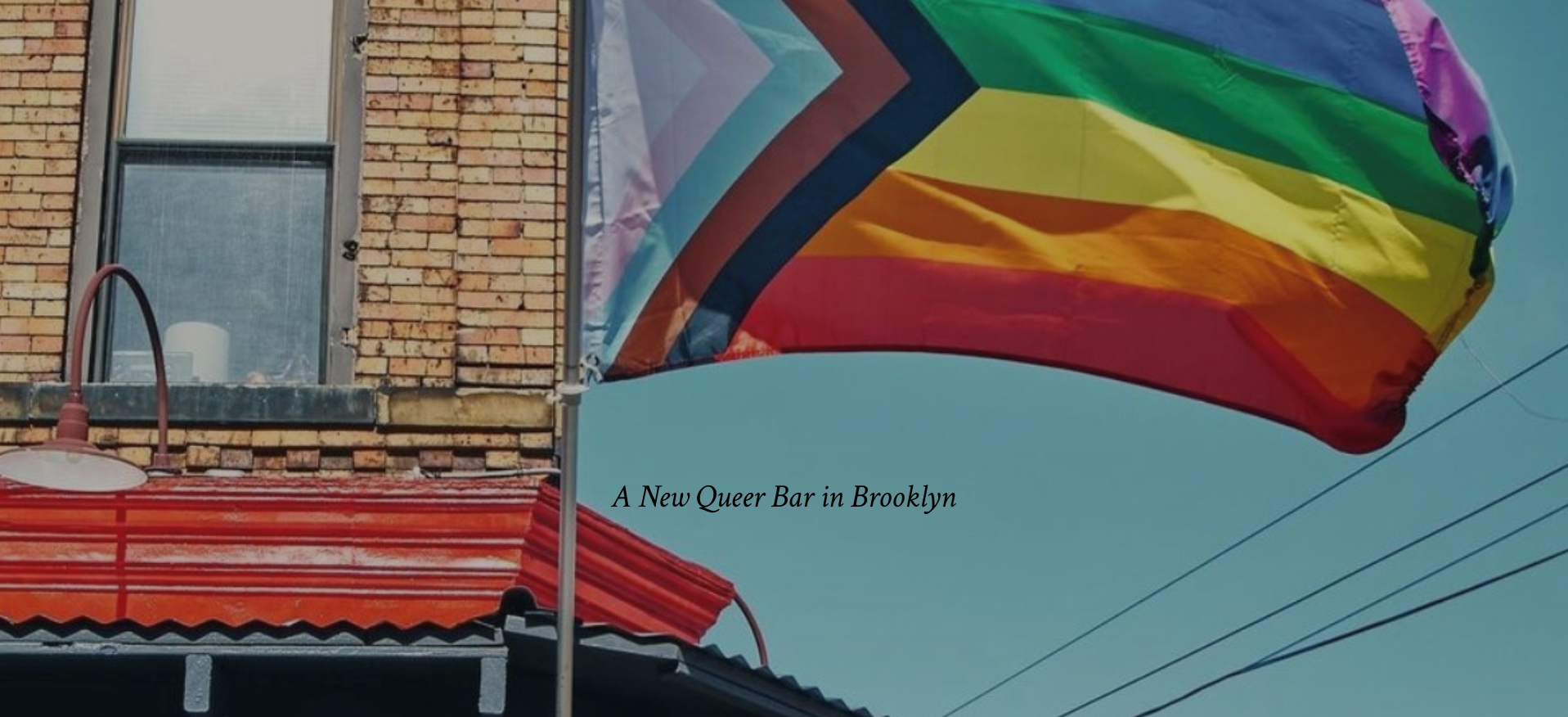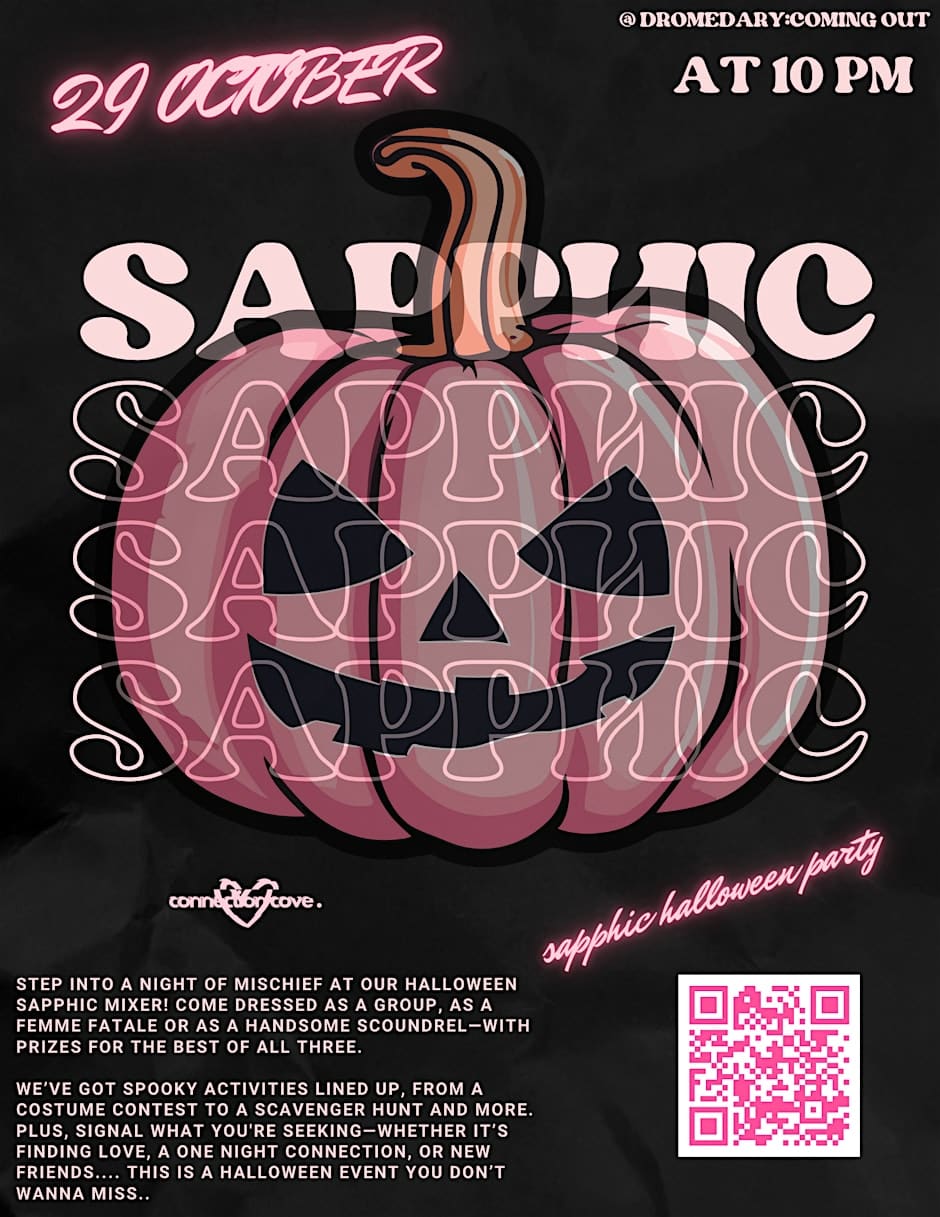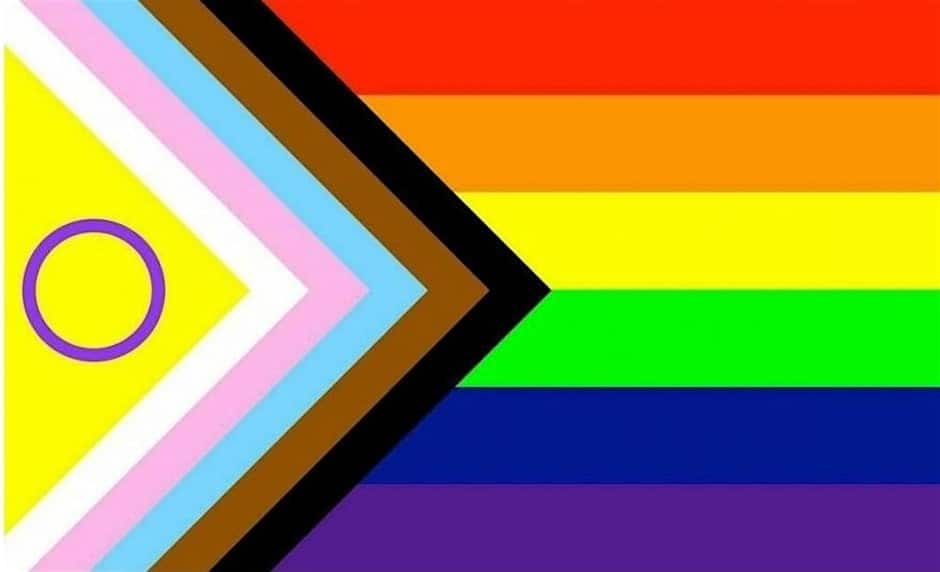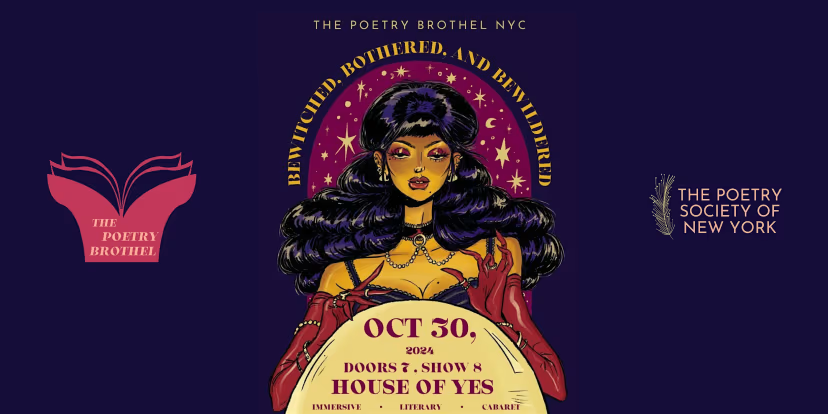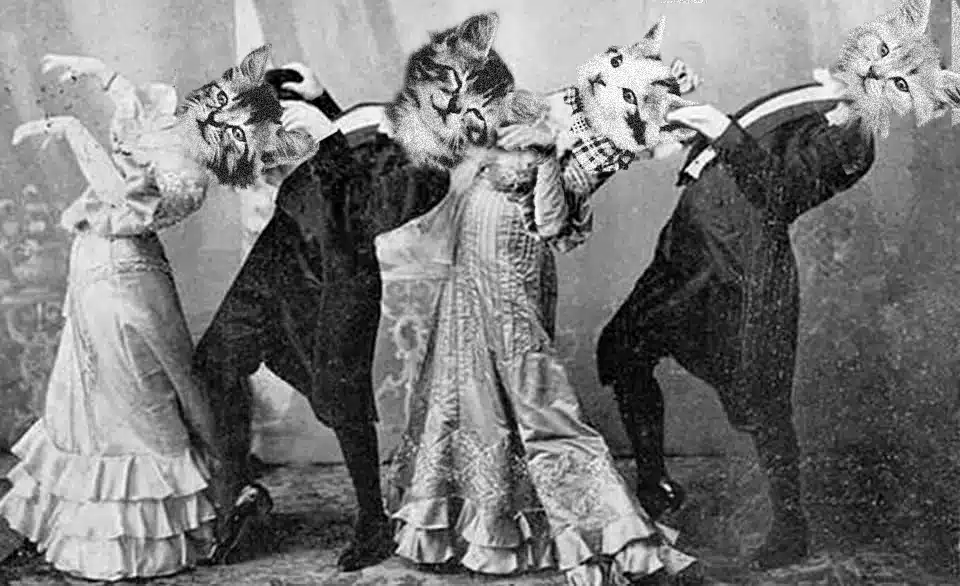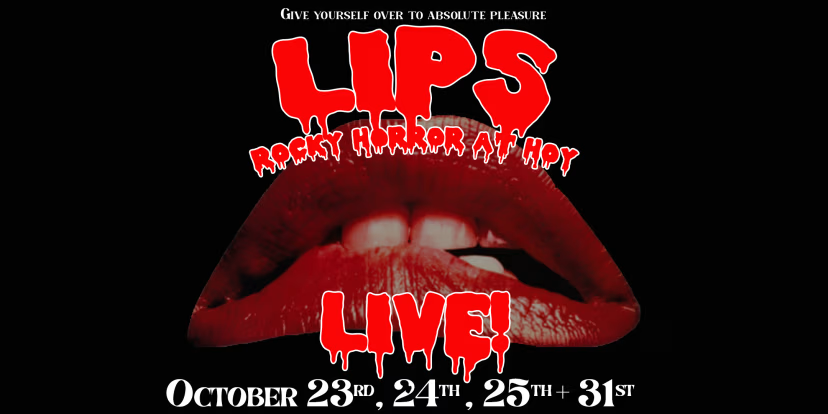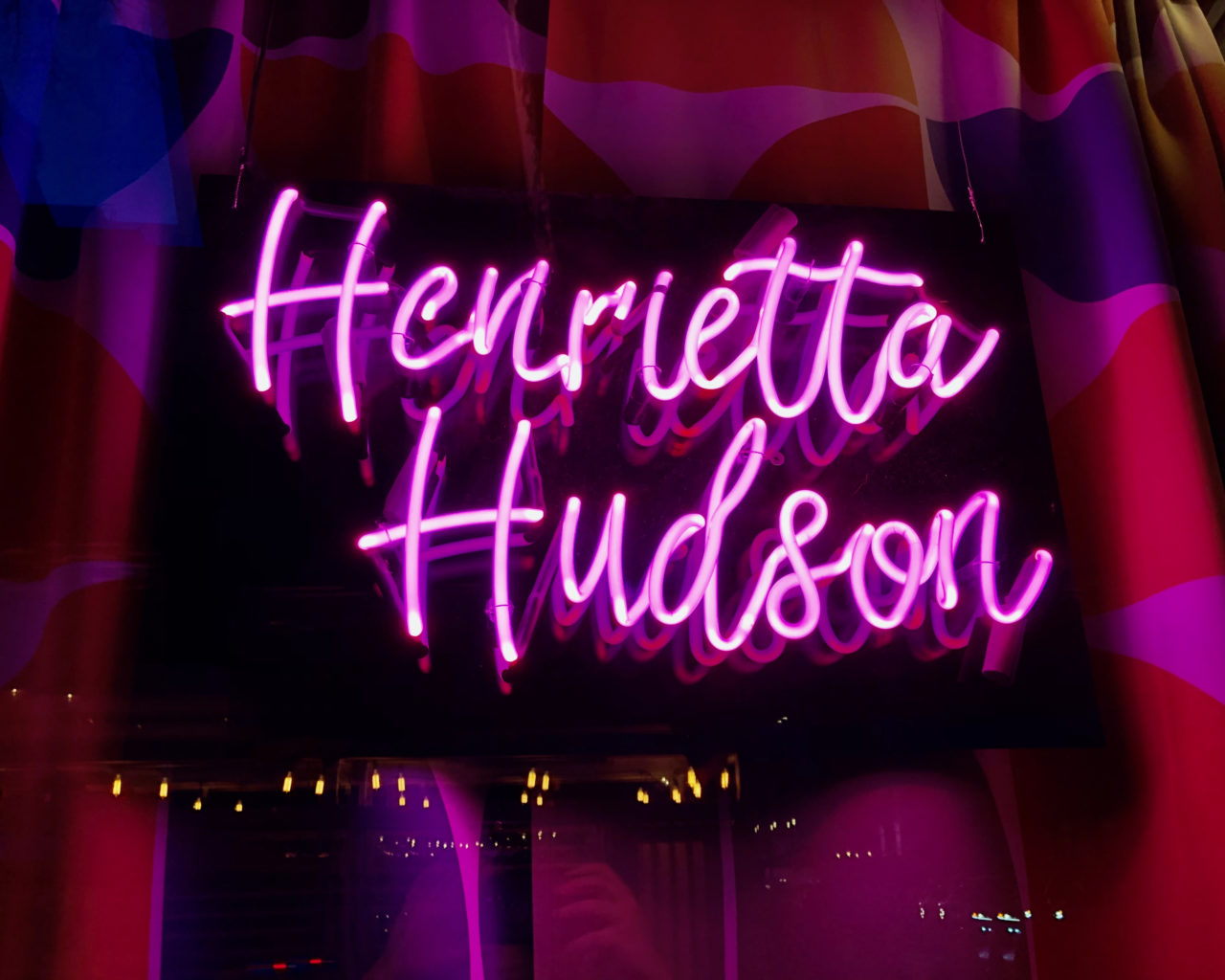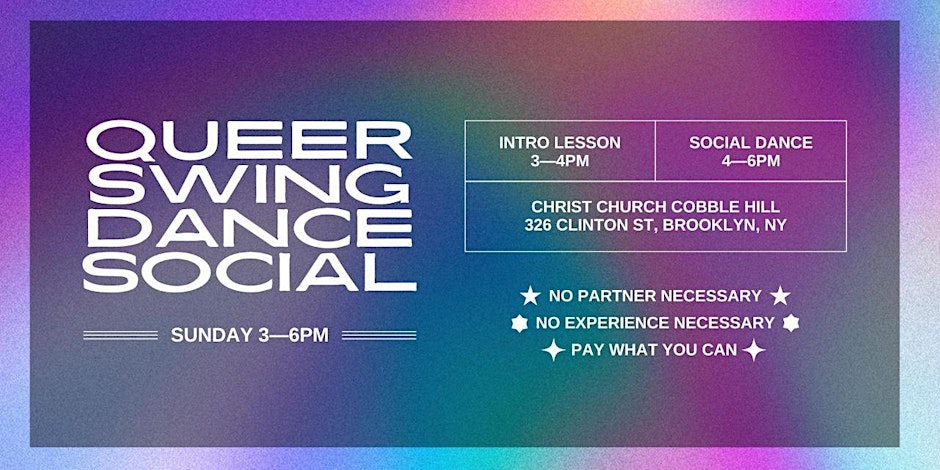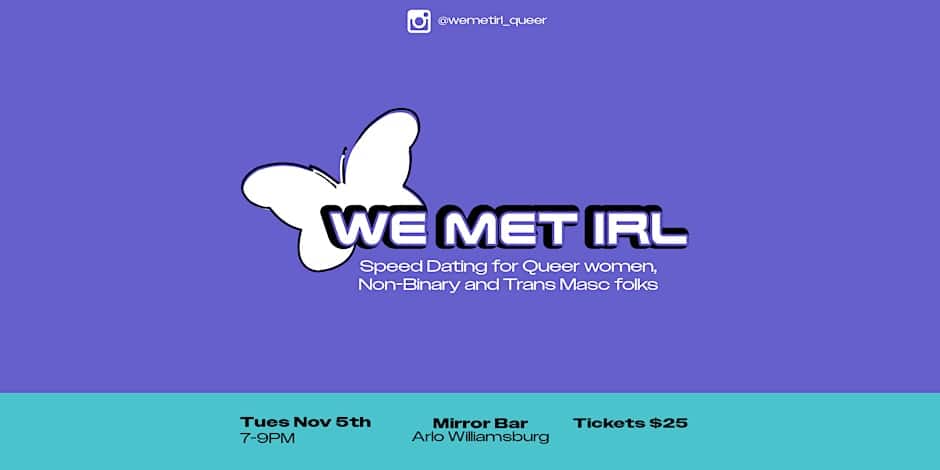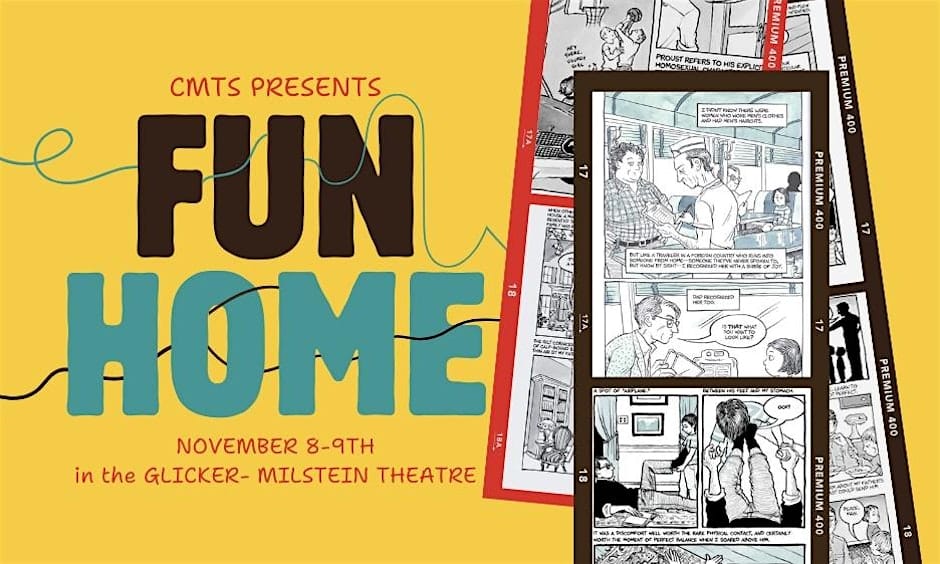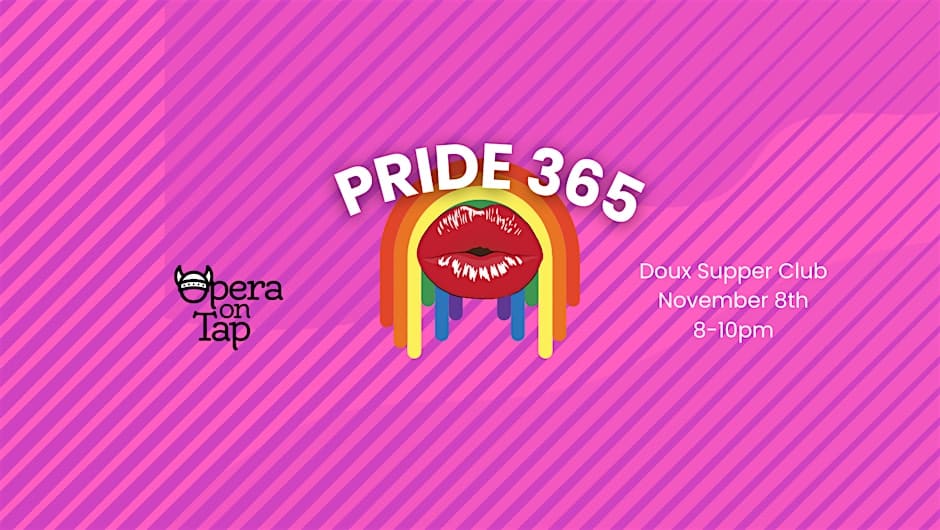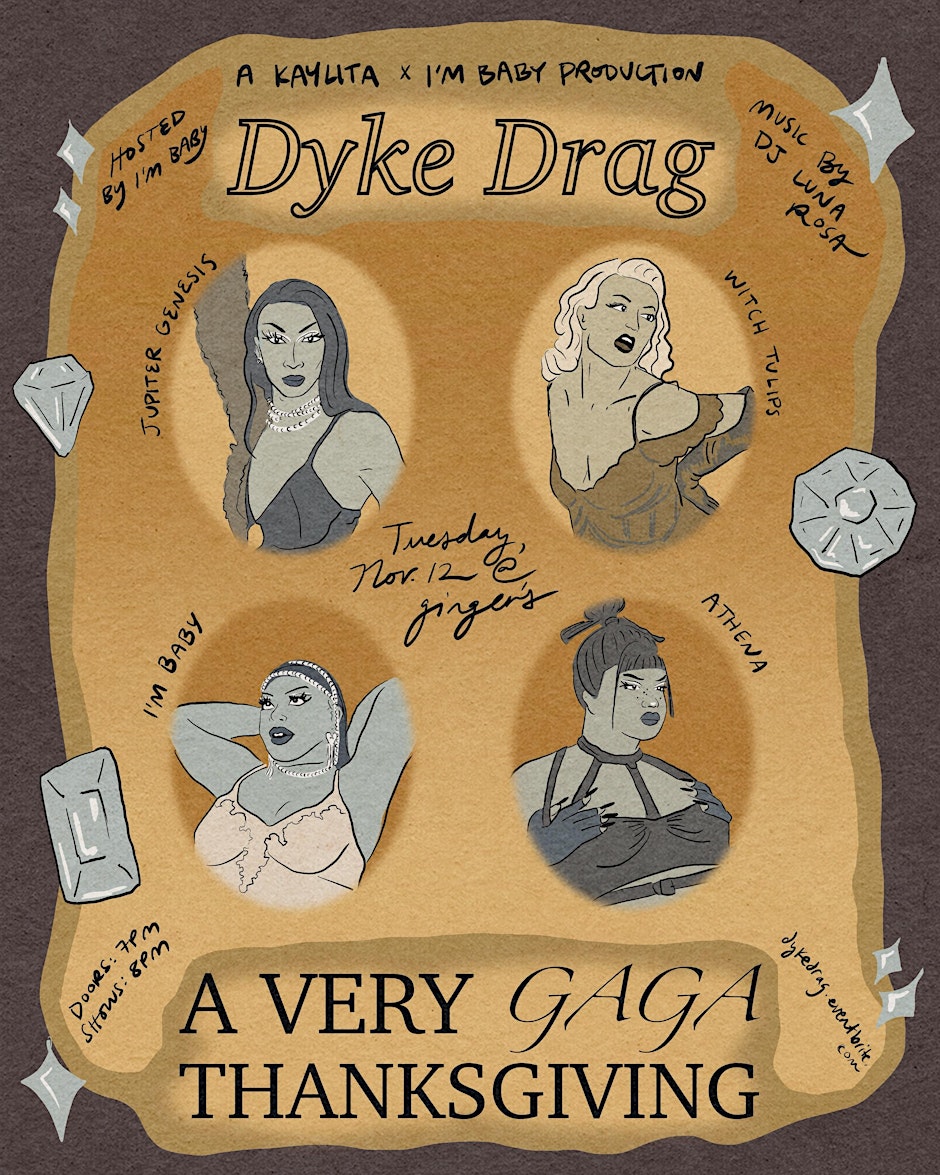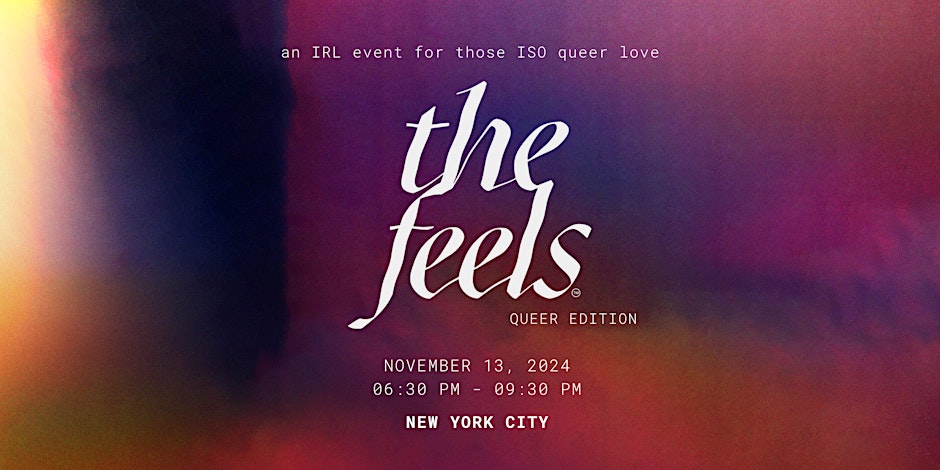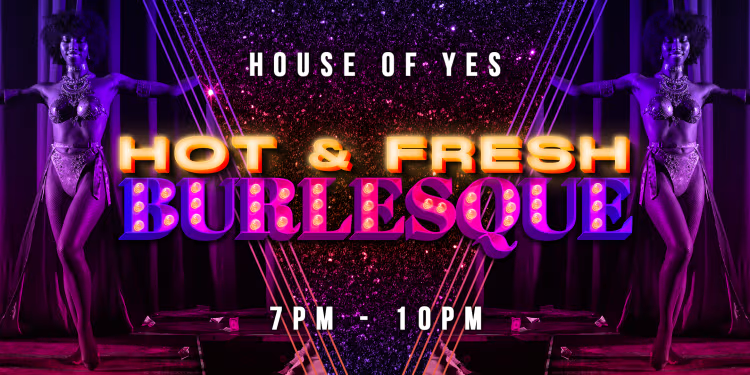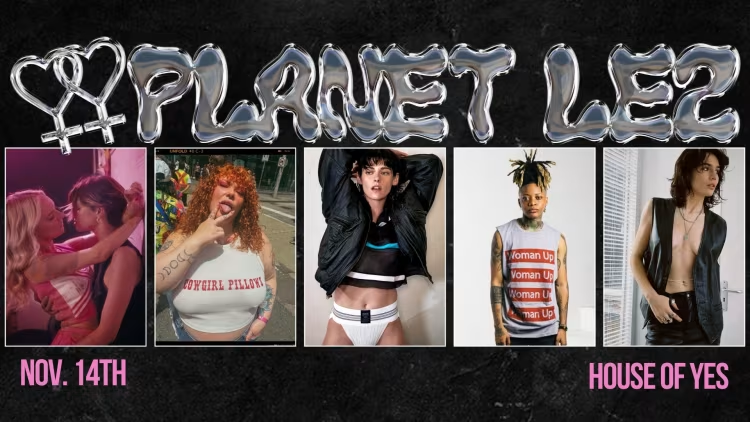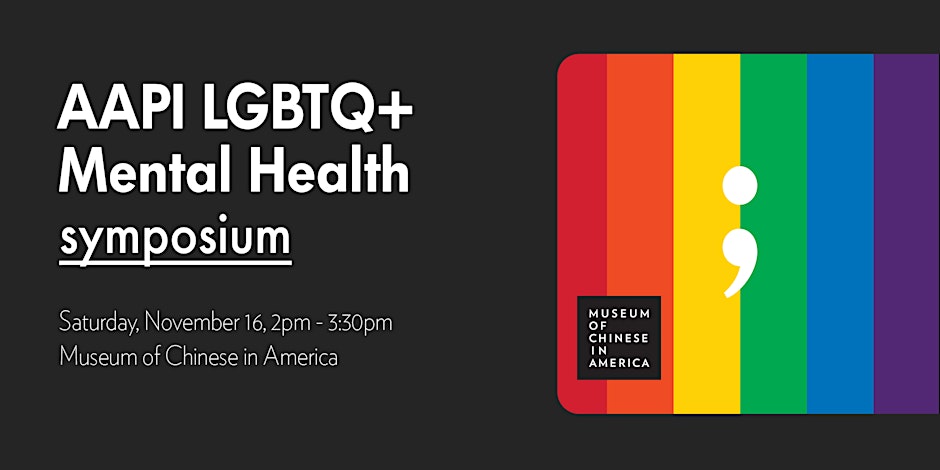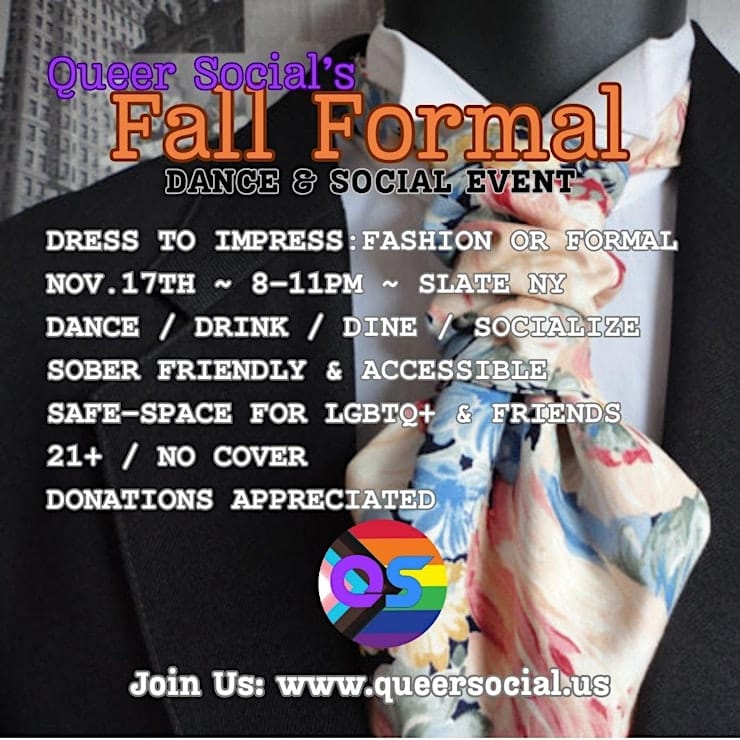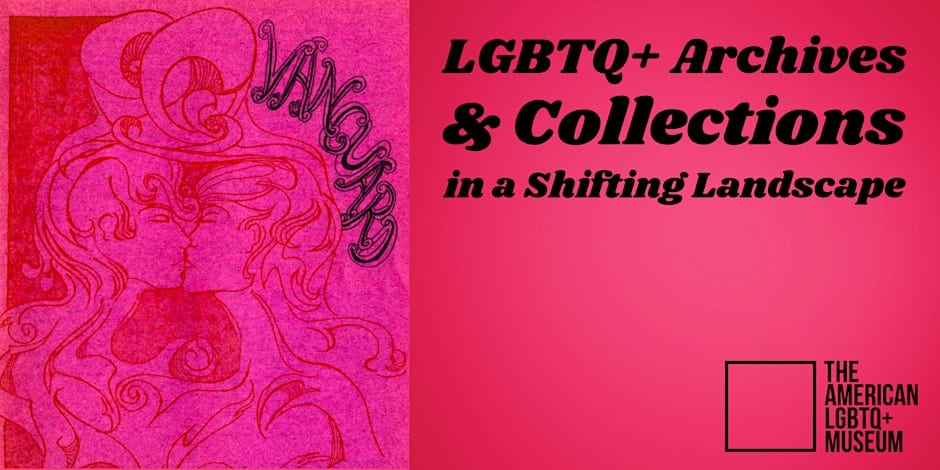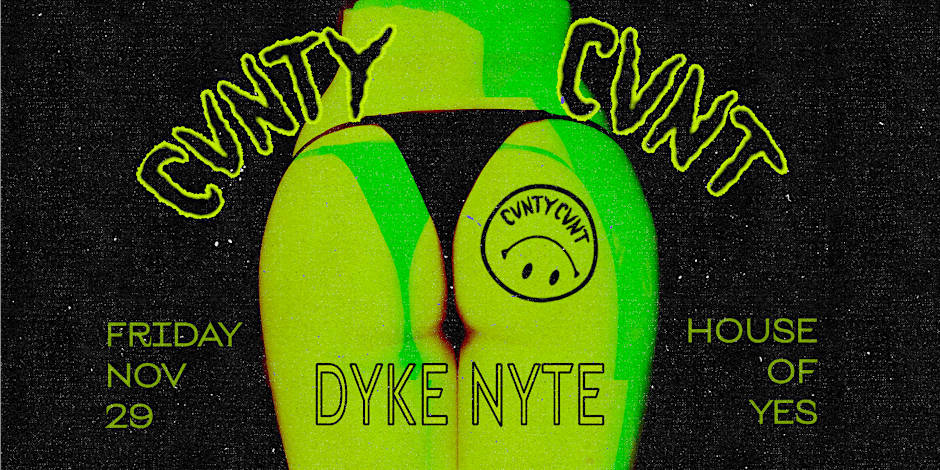
I have a confession to make: I’ve only seen about 2 classic lesbian films. I know, I’m a bad queer woman. When I admitted this to my fellow GO coworkers, they were appalled. Two of them quickly listed off at least 10 films I needed to watch right away. I rapidly wrote down the titles (for research, obviously).
And I want to take you all along with me in my quest to review all of the lesbian classics through my Millennial queer lens. Last week, I reviewed the 1996 Wachowski Brothers film, “Bound.”
This week I decided to watch the lesbian cult-classic biopic, Gia.
After I finished watching “Gia,” I was speechless. And very, very, very, VERY nervous to write this piece. How could I do this biopic justice? I thought to myself glancing over my scribbled notes that I frantically jotted down throughout the film.
Gia Carangi was a real person, whose life the film was based on. She has been dubbed the “worlds first supermodel” but she is all too often glossed over in the history of the fashion world. I’m not sure if it’s homophobia or the fact that she was a known drug addict that causes people to forget this icon—either way, this film is an important documentation of a queer woman in history, the AIDS epidemic and the beginning of the fashion industry. Carangi’s sexual orientation has been reported as both lesbian and bisexual, and she was a trailblazer who epitomized “lesbian chic” more than a decade before the term was coined.
A post shared by GO Magazine (@gomagazineny) on
While her life sounds glamorous, filled with endless photo-shoots and jet-setting all over the world to be on the cover of high-end magazines (like Vogue and Cosmopolitan)—Gia’s life was anything but a fairytale. The film chronicles her fast rise to fame, which happened because of her renowned energy as a wild-child who followed no rules, that was so wildly different from the ‘classic blond beauty’ photographers were used to at the time.
It was 1978 in the opening scene of the film when you see an obviously queer woman with pink spiky hair jump from behind the counter of a small-town diner. Her energy is charismatic and fast-paced. The film jumps to her very first photoshoot at the age of 18, which results in the now infamous naked photos, of Gia on a fence with makeup artist Sandy Linter—who Gia has an epic love affair with, which is a pivotal aspect of the film (though they name the character Linda).

The film shows Angelina Jolie as Gia throughout her struggles with mental illness, addiction and internalized homophobia. Some of the most heart-wrenching and powerful scenes happen between Mitchel and Jolie—the moments that show their budding love, the scene in the shower where Mitchel’s character is taking care of a drug-riddled Gia, and the bittersweet goodbye between the two when Gia knows she’s dying of AIDS but just can’t seem to tell Linda.
You will be pulled in by these characters, knowing that they’re based on real-life events and even include lines that came directly from Gia’s own journals written throughout her life (which she passes along to Linda in their final scene together).
The first half of the film builds up their love and Gia’s career but the second half of the film will truly break you apart. You get to witness Gia’s decline through Jolie’ stunning performance. The torment of Gia’s life seems to come from the fact that everyone leaves her. From an early age, when her mom left her to when Linda couldn’t commit to being in a relationship with her—she feels broken down by it all and continues to return to the drugs. One of her friends in the film says “We always dropped her off at the loft after a long day of shooting and partying. None of us went up there with her. I think she felt so lonely.”
It becomes difficult to watch at times, when Gia is attempting to make a come-back as a model with a giant hole in her vein from where she has addictively shot up with heroin. Gia becomes sick after she goes to rehab and it’s later discovered that she’s dying of AIDS.
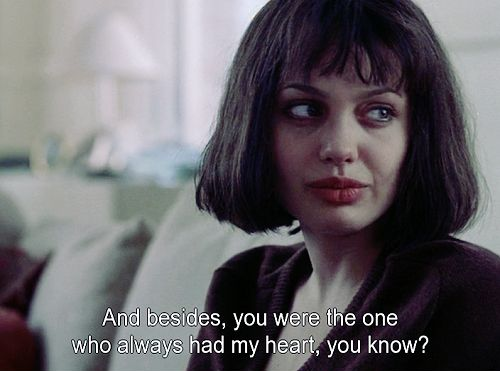
Final Millennial Queer Thoughts: The portrayal of Gia and Linda’s love is powerful throughout their scenes. It’s very realistic and provides space for queer women to feel seen—without revolving the narrative around coming out. This film is important for so many reasons; the fact that it portrays a lesbian relationship is just one of those reasons. The history of lesbian women is so important to document. And Gia is a woman who is so often forgotten, though she made a huge impact on the fashion industry—and the world. Her battle with addiction which ultimately led to her death, while difficult to watch, is also vital to recognize. Gia was one of the first public figures who was a woman and known to have died of AIDS. Her story can’t be deleted from history and this film ensures that.





